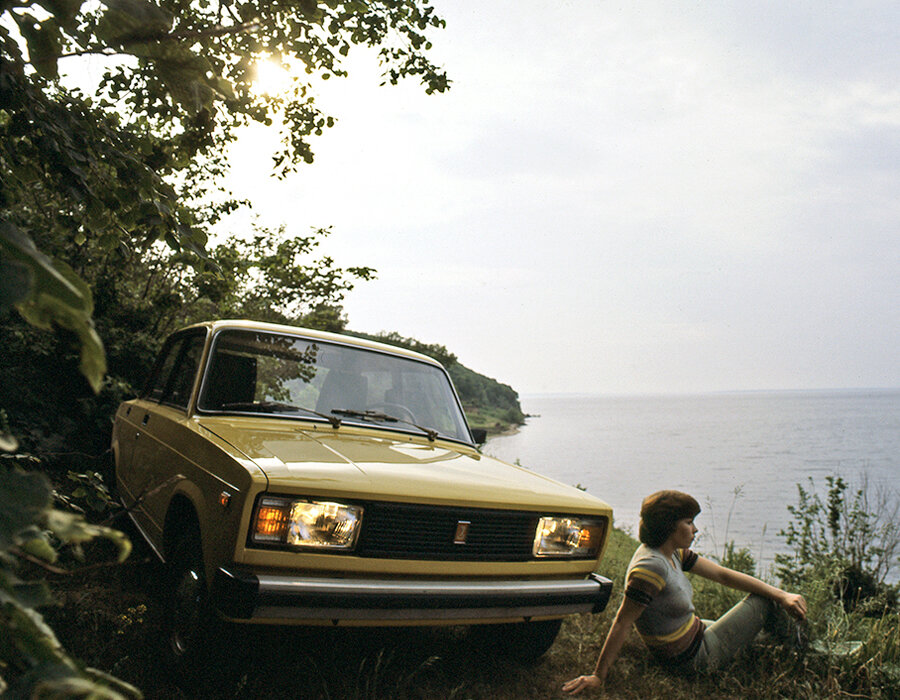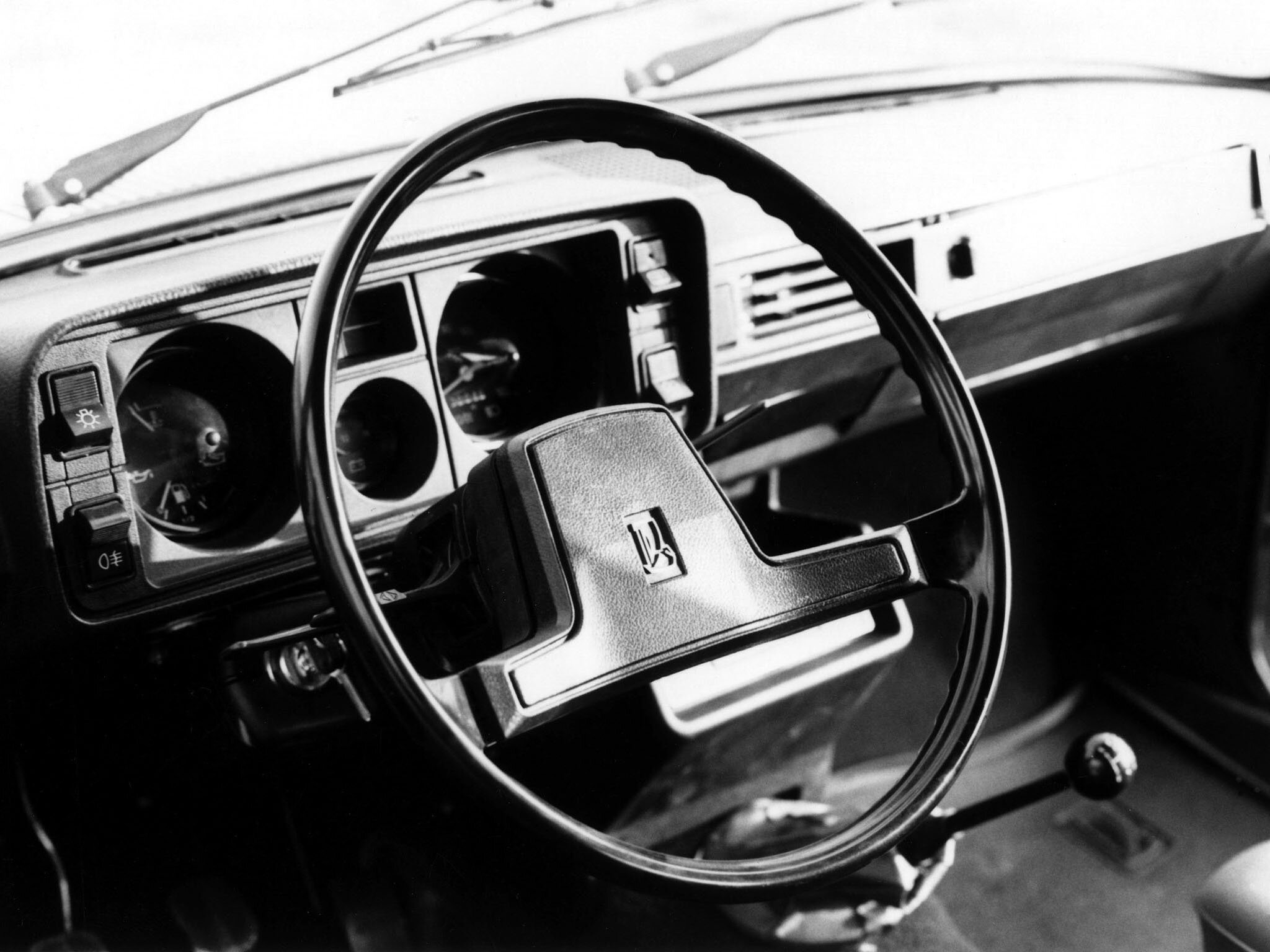
Every Monday we’re serving you up a delicious slice of pure postulation. That’s right, once a week we’re using our expertise and passion for the subject to predict what motors are destined for classic car stardom. This week, Parkers finance editor and former Classic Car Weekly news editor, Murray Scullion proposes the Lada Riva.
If you’re of a certain age, we bet you’ve heard all of those very tired Lada jokes by now. How do you double the value of a Lada? Fill it with fuel. You may even know the Lada as the star of the BBC docuseries Driving School with Maureen behind the wheel. The point we’re driving at here is that the Riva doesn’t have the best of images. But, the tides are turning, and today, to us, the boxy shape is growing cooler by the day.
Lada Riva: History
The Lada Riva started out in life as a Fiat 124. Admittedly, to turn the pretty Fiat into something utilitarian the Russians had to make a few changes. Disc brakes were replaced with drums, early models had starter handles retrofitted, and the steel was thickened. The Riva’s Russian journey commenced when production in the Soviet Union started in 1970. It was built by AvtoVaz, and was called the VAZ-2107 in its home country.
You could also buy a Lada 1200-1600 series model from 1970 in the UK, but the Riva name didn’t come here until 1984. Amazingly, the Riva lived on until 1997 in the UK. The main reason for it being ditched was EU emissions requirements. The Riva continued to be built in Russia until 2012 and is still built under license in Egypt.
Lada Riva: Rarity
During the 1977-1997 around 300,000 Ladas found homes in the UK - and Rivas will have made up a fair few of these. Oddly, as Rivas became worth less money, it was not the dreaded rot that culled numbers in the UK. A lot of cars were repatriated back to Russia, especially as UK cars tended to be fairly well looked after with low mileages. Even rust bucket right-hand drive models were exported back to Russia as parts cars.
Curiously, the number of cars in the UK seems to be holding fairly steady. According to howmanyleft, the number of registered Rivas on the road in 2017 was 57. In 2020, it’s 41. Whether cars are being written off, or exported, remains to be seen.
Why should you care?

Quirky doesn’t even cover it. Early models may have had starter handles, but late cars had a computer-controlled carburettor. Which is amazing because it really is the worst of both worlds. The Riva then, is not a brilliant car. Back in the 1990s, you’d have to be extremely tight to buy one from new, especially as other Eastern Bloc cars like the Skoda Favorit were demonstrably better, and pretty much the same price.
No, the reason you should care is because it’s insane. It’s mad that you could buy what is essentially a Sixties Fiat knocked together in the Soviet Union in the 1990s, complete with versions that had no radio or electric windows, or even power steering…
While we’re on the subject of steering, Jeremy Clarkson once said ‘I actually believe it’s set in concrete’ in reference to how heavy it is at speed. But on the flip side, there is also a huge amount of play at low speeds.
Using the more pragmatic part of your brain, you can at least class the Lada as practical. Rear passengers are treated to seats softer than most beds, and there’s enough room for five people. You can even buy a Riva estate. Everything is designed to be easy to fix too. Open up the forwarding tilting bonnet and you’ll find an OHC 1.2-, 1.3-, 1.5-, or 1.6-litre engine. Lada toolboxes even came with everything you needed to service the car yourself.
In short then, the Lada Riva offers up 1960s design with 1990s build quality and pricing. And cost is still low today - good ones can be snapped up for around £1000-£2500. Fair warning though: really well-looked after ones are often advertised for more than £5000.
The CCfS Classic Car Prediction
Lots of people may consider the Riva to be a classic already. But the wider classic car fraternity will still take a while to consider a cheap, back to basics, Eastern Bloc-made car as a cherished vehicle. The test of any classic, in our eyes at least, is if you can rock up to a bog-standard classic car show and not get turned away at the gate. And we suspect the Riva will take another five to seven years to really gain this approval.
Saying that, early mint-condition cars will be accepted sooner rather than later. And there is already a loyal fanbase in the UK. Eastern Bloc car events, like SALT (Soviet Auto Luxury Tours, next tour in June 2021) will welcome Ladas of all eras with open arms. And there are plenty of Facebook groups for like-minded Soviet-car appreciators.
